Results
-
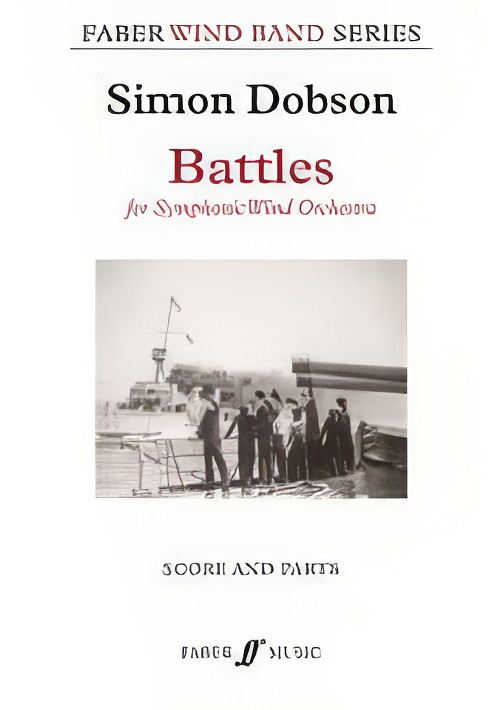 £100.00
£100.00Battles (Concert Band - Score and Parts) - Dobson, Simon
Battles was written for the restoration of the epic 1927 silent film The Battles of Coronel and Falkland Islands, and was commissioned by the British Film Institute (BFI) in 2013. The work presents eight contrasting scenes as a continuous sequence: War, Introduction of Admiral von Spee, German Banquet, Building Steam/Preparing, Islanders, Call to Arms, Great Battle at Sea and Victory. The original score was written for a small chamber orchestra, symphonic brass and a substantial batterie of tuned and untuned percussion. Battles has been edited for symphonic wind orchestra with percussion and harp. Composer Simon Dobson says of his colourful score, "I wanted to keep things simple and clear, so there is a British theme, a fanfare march idea, often heard on trumpet, and a German naval theme, which is a more angular motif." Duration: 13.00
Estimated dispatch 7-14 working days
-
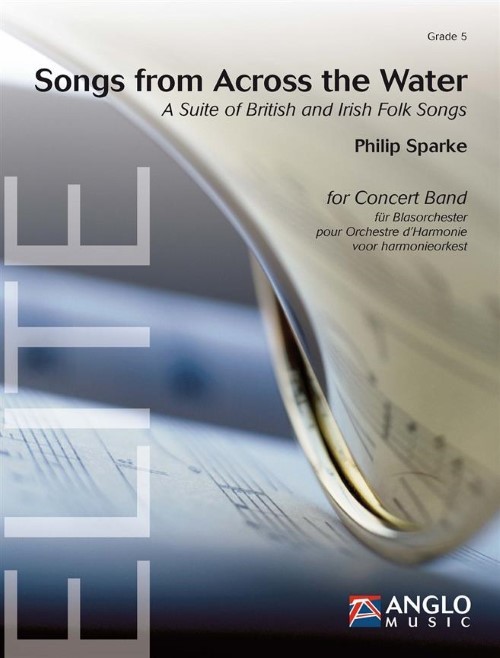 £152.99
£152.99Songs from Across the Water (Concert Band - Score and Parts) - Sparke, Philip
A Suite of British and Irish Folk Songs. Songs from Across the Water was commissioned by Pennsylvania Symphonic Winds - Phil Evans, Founder and Director. Phil Evans hails from the UK and served for 25 years in the Band of HM Royal Marines. Now resident in the USA he founded Pennsylvania Symphonic Winds in 2008, giving them the tag line An American Band with a British Accent, as he wanted to combine the best of both countries' band traditions. With this in mind, composer Philip Sparke decided to create a suite of British folk songs, scored with an American influence to fulfil the philosophy of the band's tag line. The three movements, which are played without a break, are based on the following folk songs, which come from all corners of the British Isles: The Three Ravens and The Cruiskeen Lawn, The Lark in the Clear Air and The Piper o' Dundee and Men of Harlech.Duration: 8.00
Estimated dispatch 7-14 working days
-
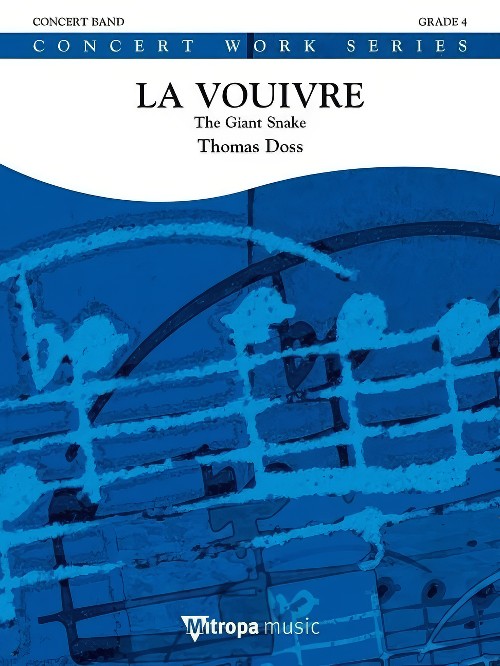 £174.99
£174.99La Vouivre (The Giant Snake) (Concert Band - Score and Parts) - Doss, Thomas
This spectacular work is based on the legend of La Vouivre - the giant snake. Suitable as a contest or concert piece, La Vouivre is full of sounds effects such as the sound of a snake, as well as short vocal tutti segments. Due to its expressive and dramatic nature, this musical symphonic poem is a true masterwork. This spectacular work is based on the legend of La Vouivre - the giant snake. Suitable as a contest or concert piece, La Vouivre is full of sounds effects such as the sound of a snake, as well as short vocal tutti segments. Due to its expressive and dramatic nature, this musical symphonic poem is a true masterwork.Duration: 14:30
Estimated dispatch 7-14 working days
-
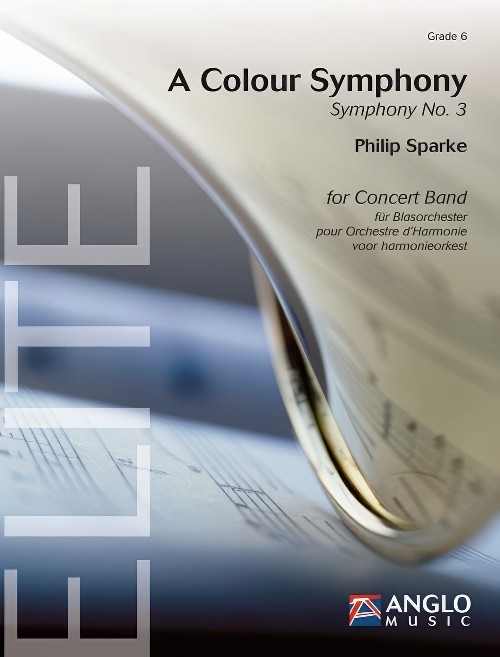 £520.99
£520.99A Colour Symphony (Concert Band - Score and Parts) - Sparke, Philip
Philip Sparke's third symphony, A Colour Symphony, was commissioned by "sinfonischen blasorchester wehdel" conducted by Thomas Ratzek. In the four movements (white, yellow, blue and red) the composer creates links between the instrumentation and harmonic elements and the actual colour of the spectrum the movement stands for. In order to create the greatest richness possible, Philip Sparke used a very large instrumentation including low woodwinds, harp, piano and celli. A Colour Symphony is an impressive and iconic addition to the standard repertoire for large symphonic bands. Philip Sparke's third symphony, A Colour Symphony, was commissioned by "sinfonischen blasorchester wehdel" conducted by Thomas Ratzek. In the five movements (white, yellow, blue, red and green) the composer creates links between the instrumentation and harmonic elements and the actual colour of the spectrum the movement stands for. In order to create the greatest richness possible, Philip Sparke used a very large instrumentation including low woodwinds, harp, piano and celli. A Colour Symphony is an impressive and iconic addition to the standard repertoire for large symphonic bands.Duration: 26:00
Estimated dispatch 7-14 working days
-
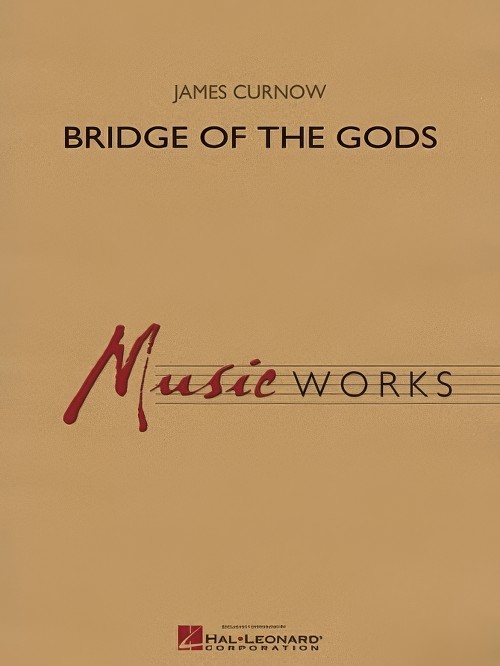 £118.99
£118.99Bridge of the Gods (Concert Band - Score and Parts) - Curnow, James
Commissioned by the Oregon Symphonic Band in Portland, Bridge of the Gods is a dramatic three-movement symphonic poem presenting the colourful legend told by the Native American Klickitatst about the origins of the volcanic mountains of the Cascade range and legendary bridge. The first movement (Saghalie) pays tribute to the powerful chief of all gods and is based on a majestic fanfare theme. The second movement captures the beauty of the maiden Loowit, with haunting flute and English horn solos accompanied by soft chanting voices. The final movement, Tanmahawis, utilises stark clusters, jagged melodic fragments, and rhythmic percussive energy as it depicts the destruction of the mighty bridge.Duration: 10:00
Estimated dispatch 7-14 working days
-
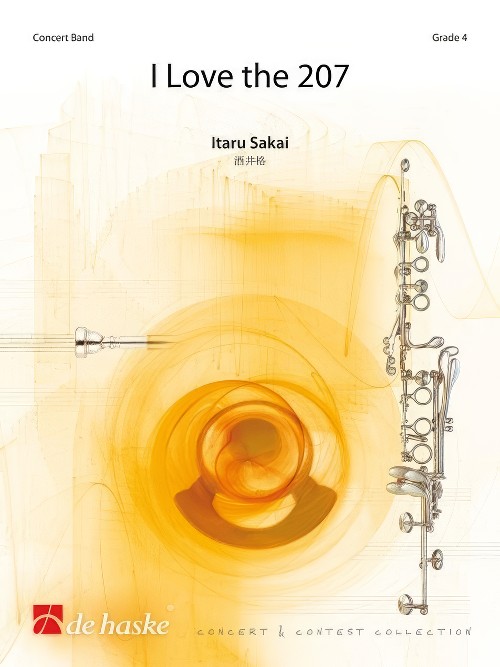 £118.99
£118.99I Love the 207 (Concert Band - Score and Parts) - Sakai, Itaru
I Love the 207 was composed in February 2010 for a commission by Osumi Symphonic Band in Kyoto. It was first performed on 25 April 2010 by Osumi Symphonic Band, conducted by Masanori Ozaki. This piece begins with an introduction to present the instruments, followed by a light scherzo. The title is an affectionate reference to the commuter rail 207 series of the West Japan Railway Company. When the band started their activity, the 207 series trains began running through the fields next to the building where they practice. The composer hopes that the trains continue to run and bring smiles to people's faces.Duration: 5:00
Estimated dispatch 7-14 working days
-
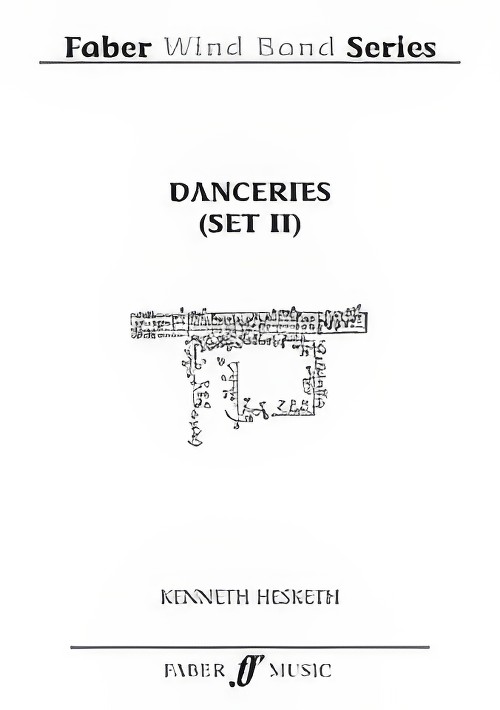 £120.00
£120.00Danceries (Set II) (Concert Band - Score and Partss) - Hesketh, Kenneth - Littlemore, Phillip
Danceries Set II was commissioned by Keith Allen and Birmingham Symphonic Winds, supported by PRS for Music Foundation and the RVW Trust. The world premi?re of this work was given by Birmingham Symphonic Winds, conducted by Keith Allen, at the CBSO Centre, Birmingham in 2011. This second set of Danceries continues the format established in Danceries (Set I), namely in using material taken from Playford's Dancing Master, a collection of folk and popular tunes published in the seventeenth century, to form the basis of an extended dance suite. In this set, the melodies have been more abstracted and project only a distant echo of their original forms, but as before, each movement is self-contained, colourful and direct, with its own distinct mood. The outer movements - Jennie's Bawbee and Peascod's Galliarda - share a use of driving percussion writing with a military air. Tom Tinker's Toye and Heart's Ease (movements two and three) are both settings of original melodies. All movements are more extended than in the first set, with a freer use and approach to the material; melodies now occur in various keys and are supported by a greater variety of harmonic colouring. The result is a richer, even more exhilarating set of dances. Danceries has come of age! Duration: 15.00
Estimated dispatch 7-14 working days
-
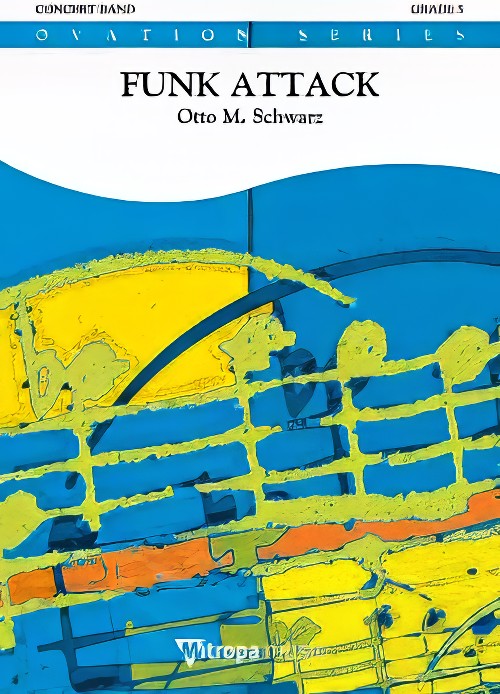 £84.99
£84.99Funk Attack (Concert Band - Score and Parts) - Schwarz, Otto M.
Otto M. Schwarz is endeavoring to contribute new ideas to concert band literature. He has contributed in the field of multimedia (Asteroid), and with his many compositions in symphonic/modern arrangement (Jazz Waltz No 1, Fire and Ice or Band Fever). His new composition Funk Attack is, as the name suggests, a piece in funk style. Otto M. Schwarz first gained his experience in his style in the 8o?s, transcribing numbers by famos Amerarican bands including "Earth, Wind and Fire", "Tower of Power"", and the British slap idol "Mark King" (Level 42). Funk attack is atypical of "the concert band scene" and requires absolute precision in phrasing and rhythm. Without the support of a great percussion groove, the orchestra plays an interlocked theme in the central section in style of recent American Big Bands. Otto M. Schwarz dedicated this work to "Alexander Veit and Symphonic Winds".Duration: 4:45
Estimated dispatch 7-14 working days
-
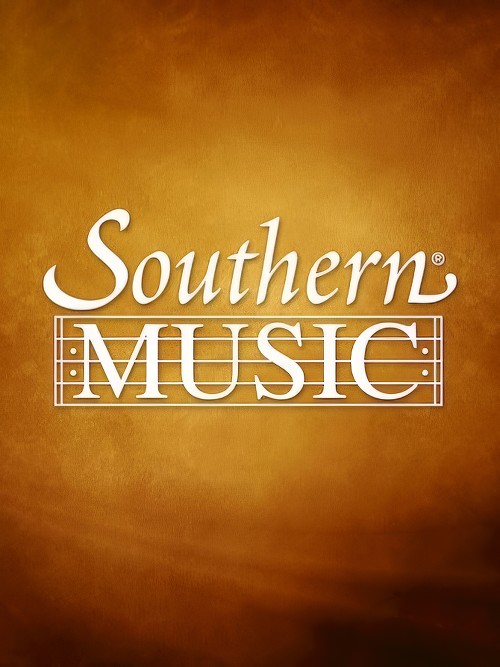 £237.99
£237.99Second Symphony (Concert Band - Score and Parts) - Barnes, James
Premiered by the University of Kansas Symphonic Band with Robert E. Foster conducting, this work was presented the 1982 Neil A. Kjos Memorial Award for the most significant contribution to wind band music. It consists of three movements: an "Elegia" in sonata form, "Variazioni Interrotte" (Interrupted Variations), and a "Finale" in classic sonata form concluding in a coda which ends the symphony in a final, dramatic, colorful outburst, the sort of pure musical energy that only a modern symphonic band can produce. Movements: I. Elegia, II. Variazioni Interrotte, III. Finale. Duration: 22.00
Estimated dispatch 7-14 working days
-
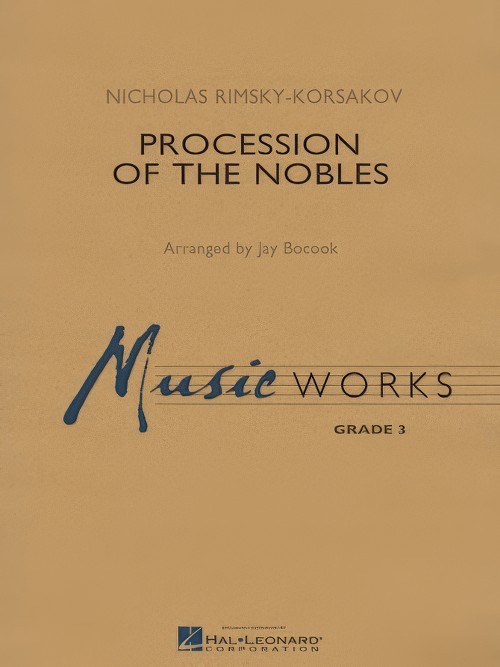 £72.99
£72.99Procession of the Nobles (Concert Band - Score and Parts) - Rimsky-Korsakov, Nikolai - Bocook, Jay
Rimsky-Korsakov's symphonic masterpiece is made playable by Jay Bocook with this special edition for concert band. With its brilliant brassy fanfares and rhythmic vitality, this symphonic movement is a superb choice for a contest opener.
Estimated dispatch 7-14 working days
